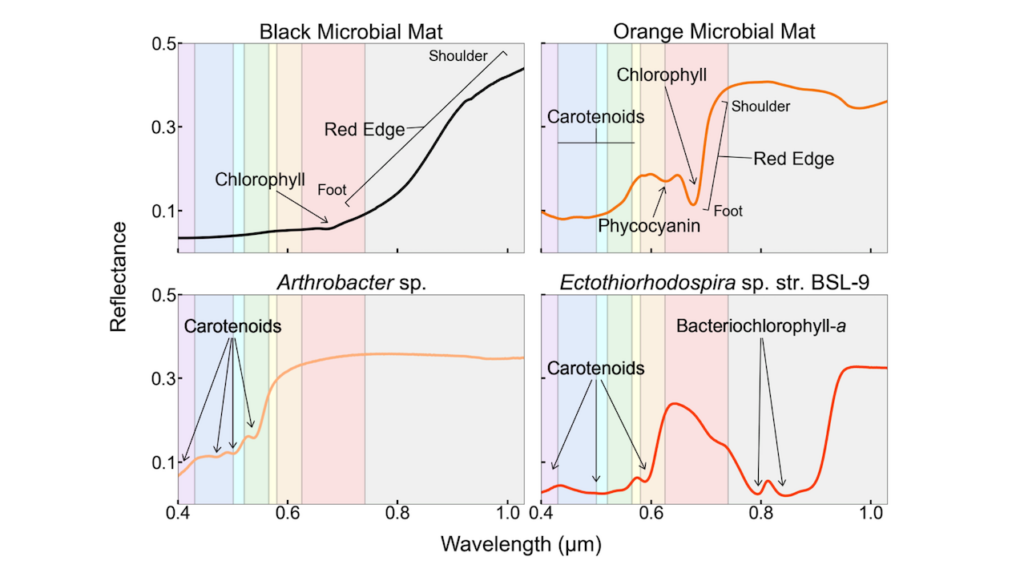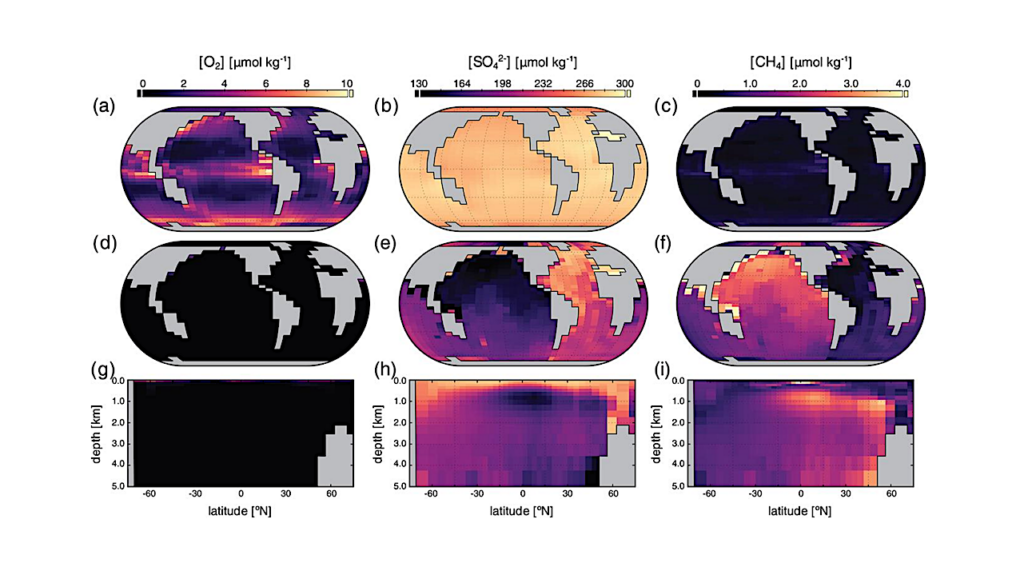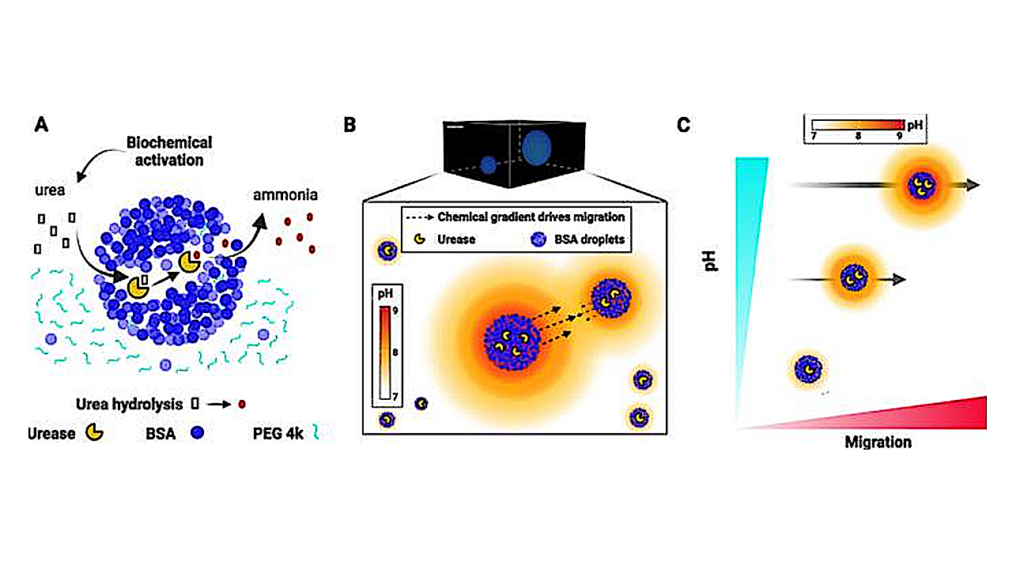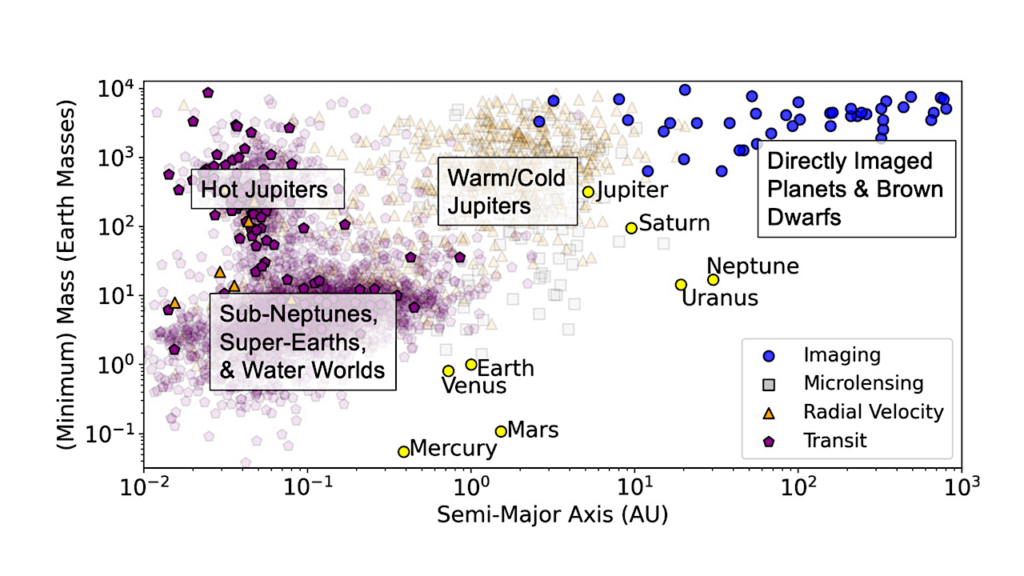Tricorder Tech: Spectropolarimetry Of Primitive Phototrophs As Global Surface Biosignatures

Photosynthesis is an ancient metabolic process that began on the early Earth, offering plentiful energy to organisms that utilize it, to the extent that they can achieve global significance. The potential exists for similar processes to operate on habitable exoplanets and result in observable biosignatures.
Prior to the advent of oxygenic photosynthesis, the most primitive phototrophs, anoxygenic phototrophs, dominated surface environments on the planet. Here, we characterize surface polarization biosignatures associated with a diverse sample of anoxygenic phototrophs and cyanobacteria, examining both pure cultures and microbial communities from the natural environment. Polarimetry is a tool that can be used to measure the chiral signature of biomolecules. Chirality is considered a universal, agnostic biosignature that is independent of a planet’s biochemistry, receiving considerable interest as a target biosignature for life detection missions.
In contrast to preliminary indications from earlier work, we show that there is a diversity of distinctive circular polarization signatures, including the magnitude of the polarization, associated with the variety of chiral photosynthetic pigments and pigment complexes of anoxygenic and oxygenic phototrophs. We also show that the apparent death and release of pigments from one of the phototrophs is accompanied by an elevation of the reflectance polarization signal by an order of magnitude, which may be significant for remotely detectable environmental signatures. This work and others suggest circular polarization signals up to ~1% may occur, significantly stronger than previously anticipated circular polarization levels. We conclude that global surface polarization biosignatures may arise from anoxygenic and oxygenic phototrophs, which have dominated nearly 80% of the history of our rocky, inhabited planet.
William B. Sparks, M. Niki Parenteau, Robert E. Blankenship, Thomas A. Germer, C.H. Lucas Patty, Kimberly M. Bott, Charles M. Telesco, Victoria S. Meadows
Comments: 26 pages, 8 figures. To be published in Astrobiology
Subjects: Earth and Planetary Astrophysics (astro-ph.EP); Biological Physics (physics.bio-ph)
Cite as: arXiv:2010.02133 [astro-ph.EP] (or arXiv:2010.02133v1 [astro-ph.EP] for this version)
Submission history
From: William B. Sparks
[v1] Mon, 5 Oct 2020 16:24:12 UTC (735 KB)
https://arxiv.org/abs/2010.02133
Astrobiology, Astrochemistry








